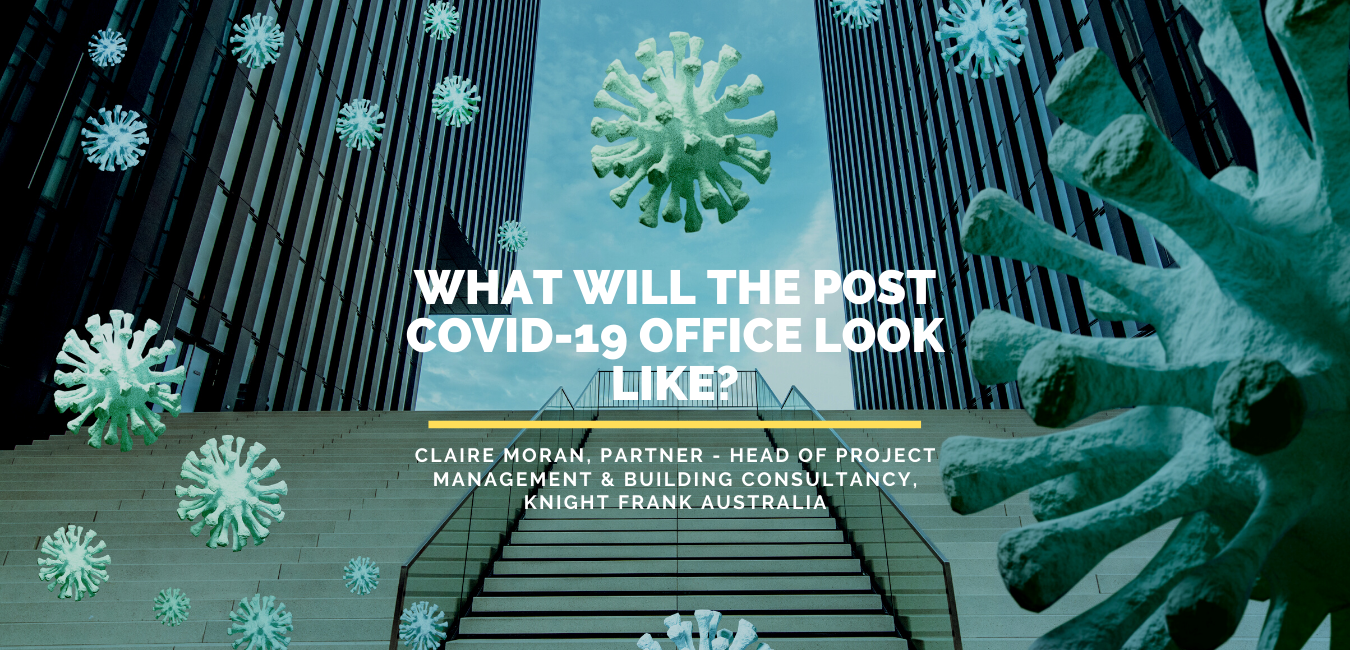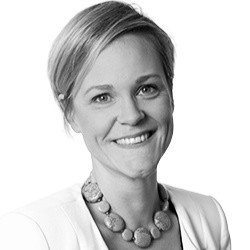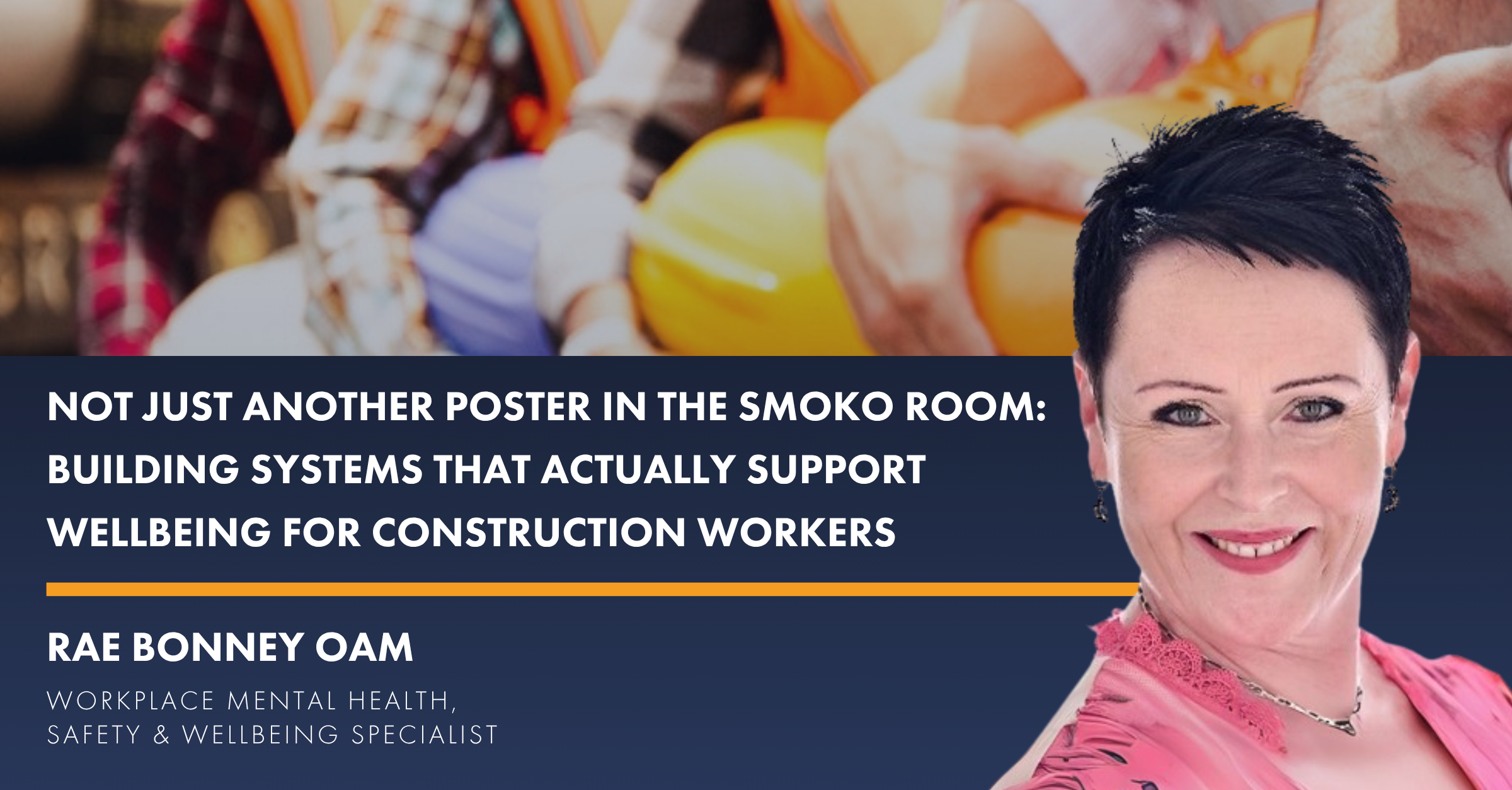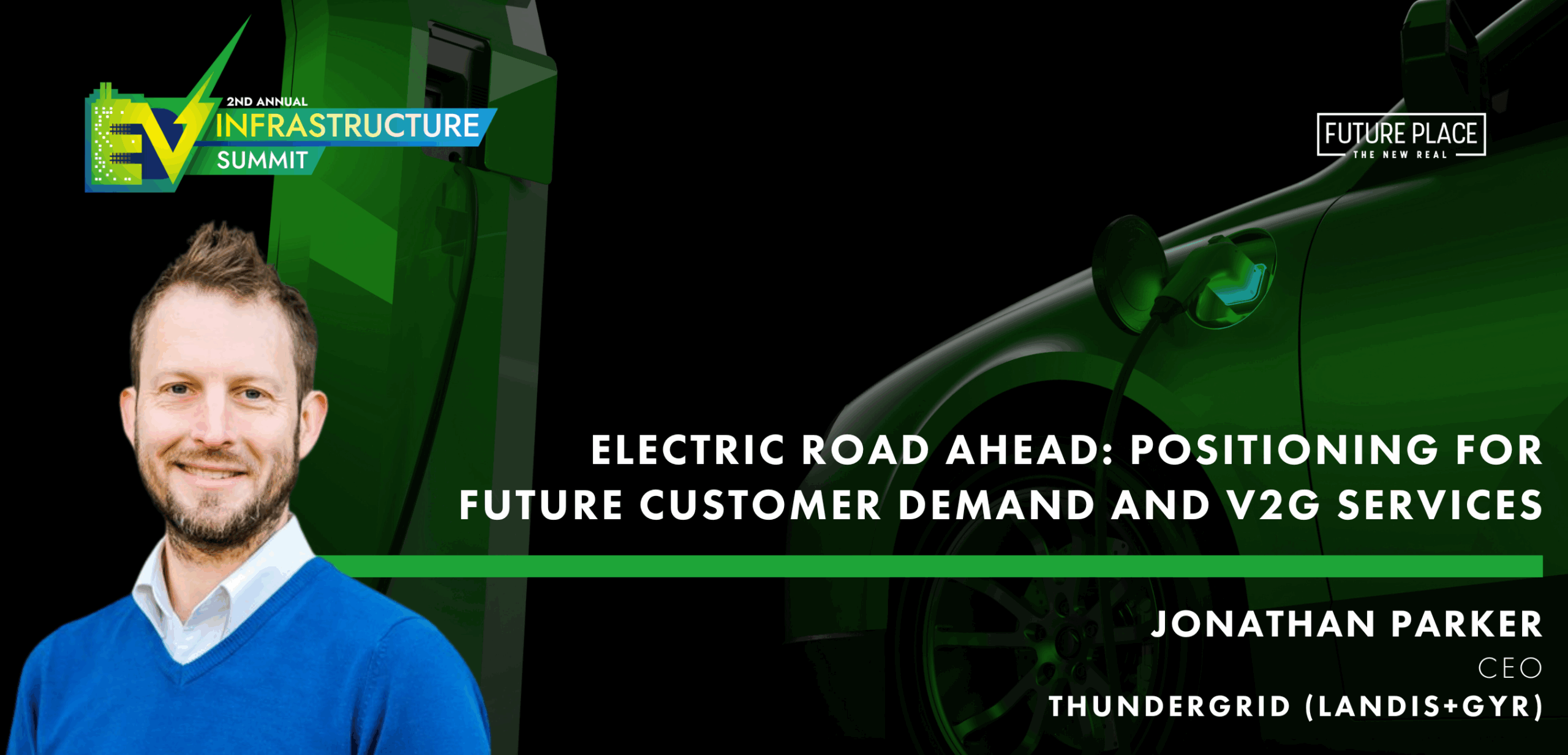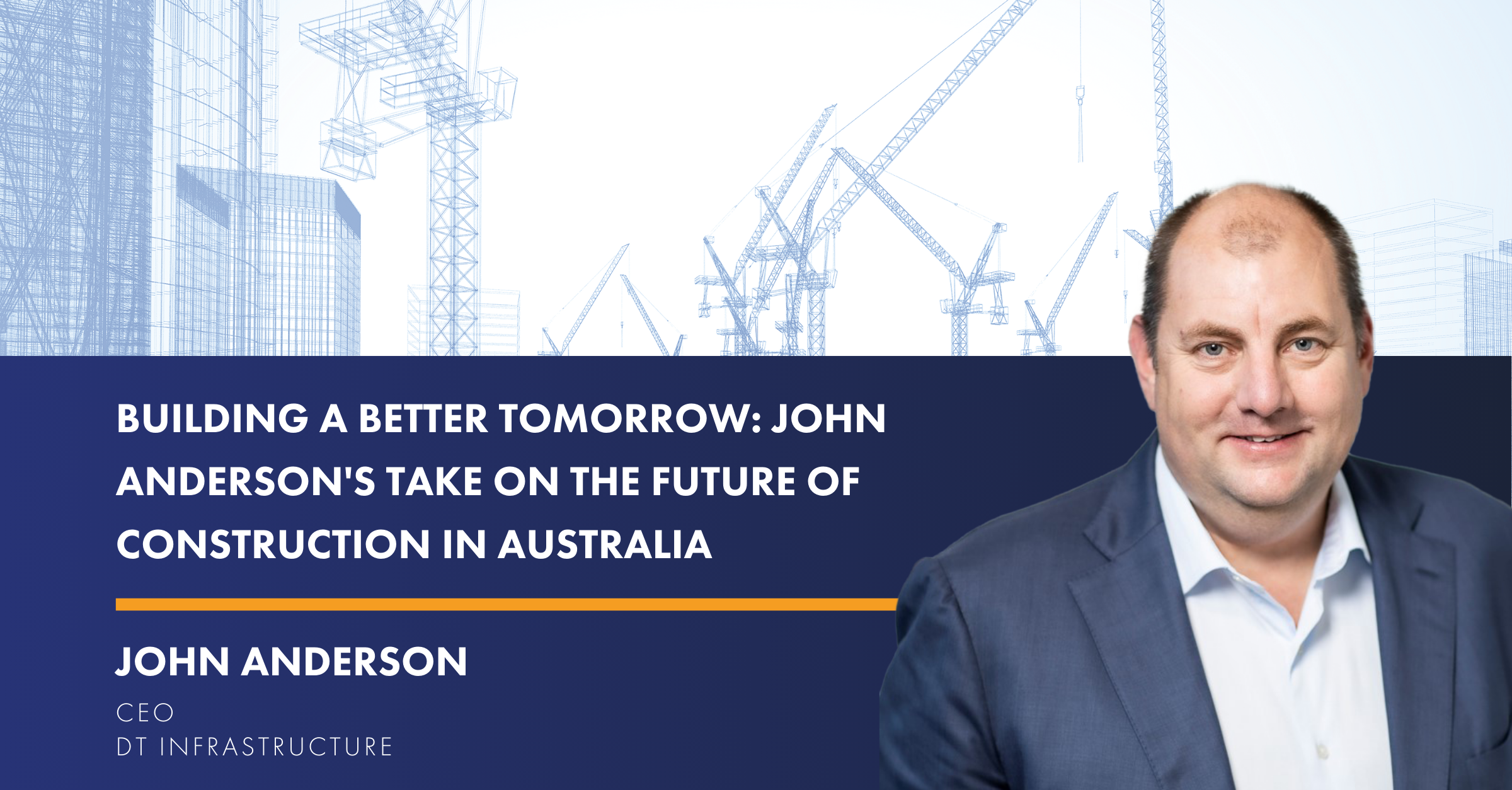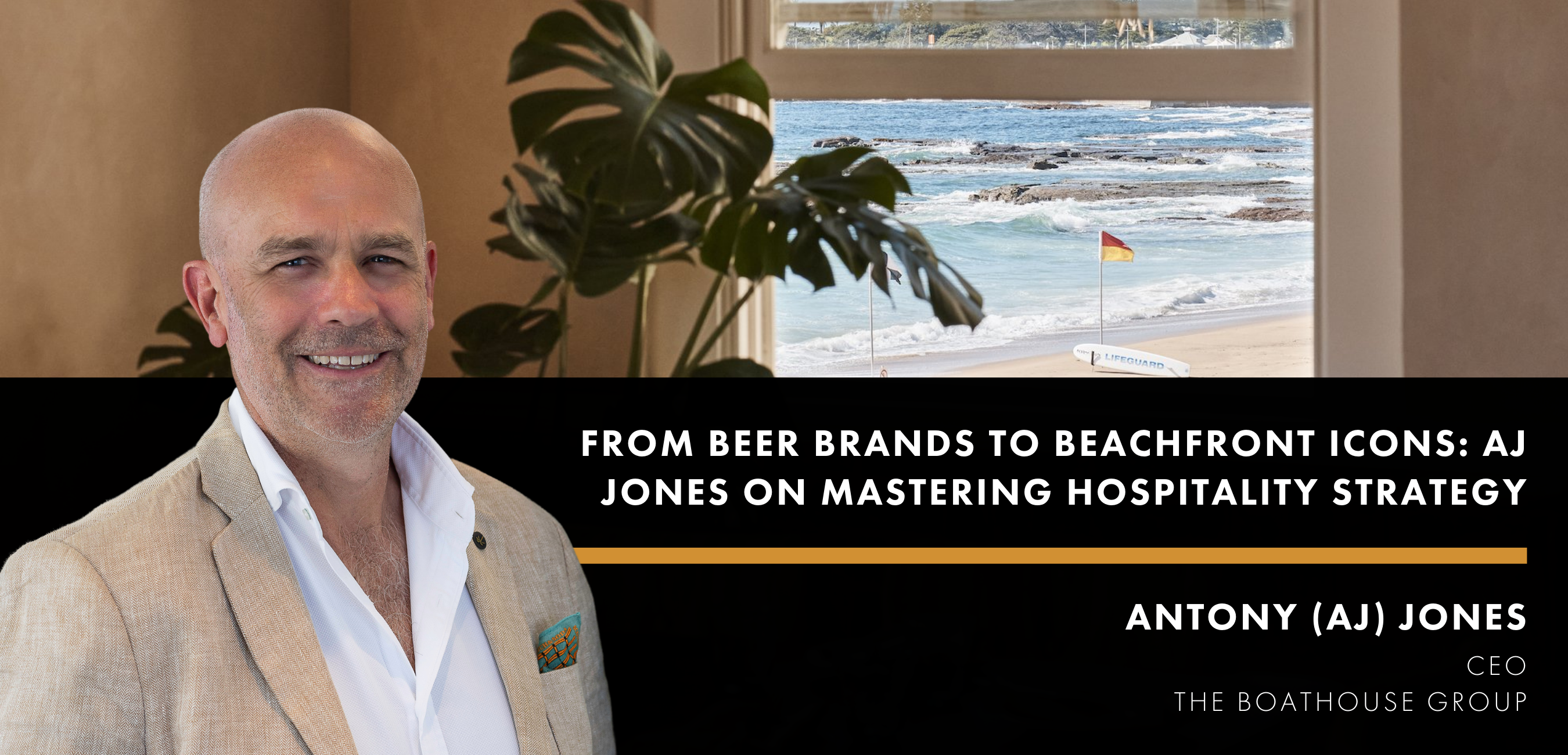It is a hugely compelling question, given the global human experiment of lock-down and work from home that we are experiencing.
We know that biosecurity, and social distancing, and sanitisation will play a large role in the practical application, but what about people and how we work and interact? How will this change?
It would be tempting to talk of an accelerated transition to 24-hour offices, of workforces working remotely, either at home or from suburban hubs, and of open collaboration zones that replace tightly clustered desks.
But in reality, and even despite my 15 years as a workplace specialist, when I attempt to answer this question honestly, I am bound to say, “I don’t know, it depends on each situation”.
It is not because I do not have opinions, and many of them at that, but without knowing who I am answering on behalf of it would be like a doctor prescribing without first carrying out an effective diagnosis.
Through my own reading, I have observed that many future-of-work commentators offer quite broad-brushed perspectives of the post COVID-19 changes. While I enjoy engaging in their reimagination of work ideas, the comments are often constrained to intelligent opinion alone, and offer little in the way of guiding principles for how we can practically and sustainably prepare for unavoidable change.
Guiding principle
For me, the guiding principle by which I drive my business begins, as with any good doctor, with a diagnosis. This diagnosis is personal, and individual, and it starts with a simple question posed to the right person. And it is this:
What do you do, and how do you like to work to drive performance? Simple, but that is how it starts.
If we consider what took place earlier this year, two clear and distinct views have emerged for the work-from-home experience.
We have proven that we can work perfectly well at home, even better in some instances, and I want to have the opportunity to continue working like this when the office opens up again.
This work from home period has been really difficult. It is impossible to work effectively with all the distractions and the expectation of “always-working”. Can I get back to normal please?
Given the discrepancy between these two views, what is really going on?
[et_bloom_locked optin_id=”optin_2″]
To me it is simple. The work from home experience entirely depends on the individual’s circumstances. How conducive is their home-life to continuing with their work life? This is not only environmental (e.g. share house, children, dogs, neighbours, Wi-Fi blackspots) but it is also psychological (preference for silence and solitude, or buzzy collaboration). And there are many more variations to consider.
So, the question that we pose cannot be trivialised and its response diagnosis cannot be rushed. We need to know how every organisation, and every individual within that organisation, prefers to work to drive their performance.
Unsurprisingly this question was the same in our pre COVID-19 world. Nothing has changed, other than the awareness and the urgency brought on by a crisis and it is change to our ways of working.
It starts with People
Real Estate Advisory talks of People, Place and Technology. A utopic platform is when each of these three aspects is equally considered. Yet, in real estate, it is Place that dominates most of the discussions, as if Place is the wandering solution always searching for its problem, while Technology is leveraged as the wow factor. Leaving, what in my view is the essence, People, on the side lines.
People requires a great deal of discussion and planning, critical thinking, and significant personal investment. It is easier to overlook the essence in favour of the four walls of Place, and the techno wrapper of Technology. But by doing so we create a perfect stage-setting, in which the actors may be unsure of their lines. Or in literal terms, the workforce is made to work in a way that does not suit how they perform best.
Choice
So, what does a post COVID-19 solution come down to? In a word, Choice. In a sentence, applying Choice to the individual needs of the people.
By understanding the preferences of the people then the choices made available can be any blend of spaces and environments. There is no pressure for uniformity, nor even control. Because what we are dealing with is how to get the best from people. That is what businesses want. Physical control drives the opposite of performance, as we know micro-management does for staff retention. Flexibility of workspace is directly linked to trust, which is a key driver of positive performance and retention.
The right person
Earlier I suggested posing our one question to the right person. What did I mean by that?
Place, as I have discussed, should come after People. Yet it is often only when a lease expiry is pending renewal that organisations engage with agencies. At that point everyone is playing catch up. The organisation’s Head of Property engages Leasing Agencies and the solution decisions commence on the platform of Place, not People. Square metres, location, fit out. I do not need to tell you what ensues, as we go around the merry-go-round.
True and effective advisory for post COVID-19 solutions is about change advisory, linking Choice to People preferences.
To access People preferences, we need to engage with CEOs, Heads of People & Culture and Heads of Divisions. Once a deep and considered diagnosis, through discussions, workshops and surveys has been carried out, and preference profiles have been captured, then we can engage with the Heads of Property and Heads of Finance to align the desired People outcomes, with the financial and Place considerations.
So, I will admit I have not really answered the critical question in a way that people are expecting me to, but in truth, it is the guiding principle that I want to catch on.
If all we do, when this situation is over, is climb back into buses and trains and shuffle back into the same workspaces and eat at the same cafes, an important moment will be lost.
Instinctively and intuitively we all know that there is a better way for us to be engaging with work. We just need to take this moment to pause, reflect and re-engage. Then, free from the shackles of yesterday we need to ask:
“What do I do, and how do I like to work in order to drive performance?”
For further information please contact:
Claire Moran
Partner, Head of Project Management & Building Consultancy at Knight Frank Australia
claire.moran@au.knightfrank.com
+61 404 892 742
[/et_bloom_locked]

